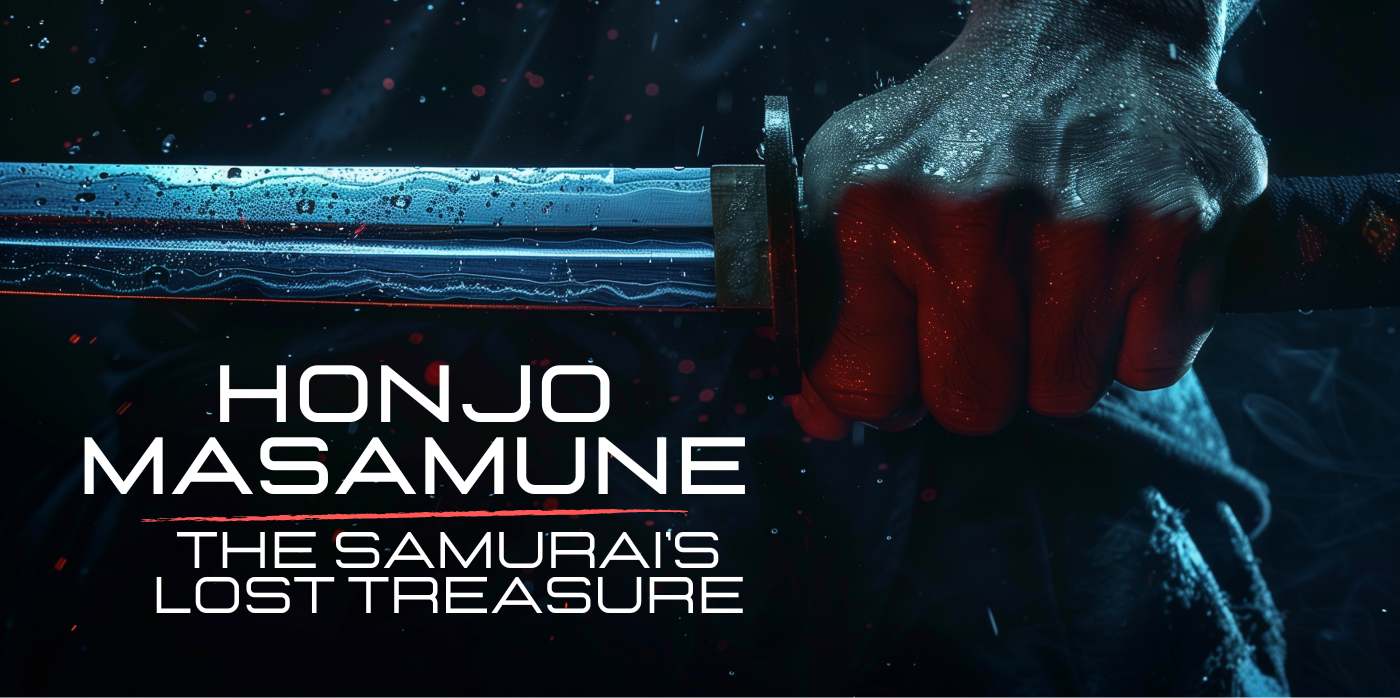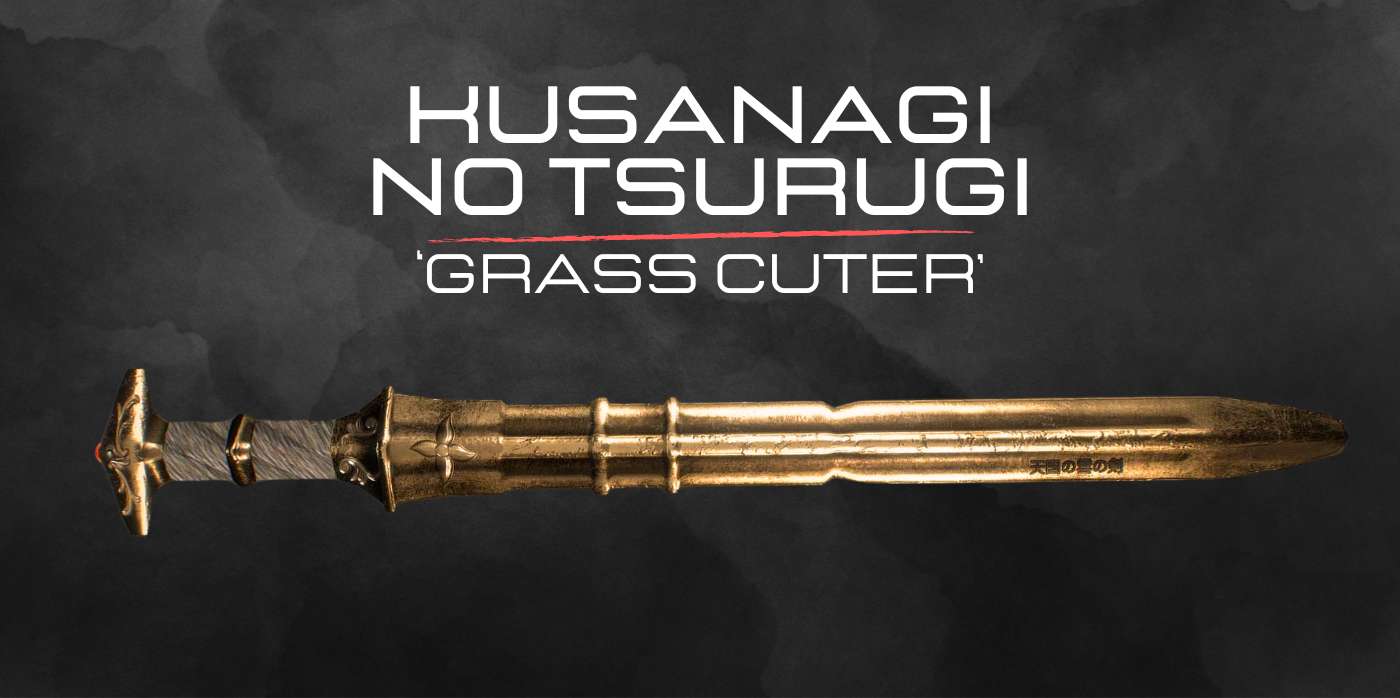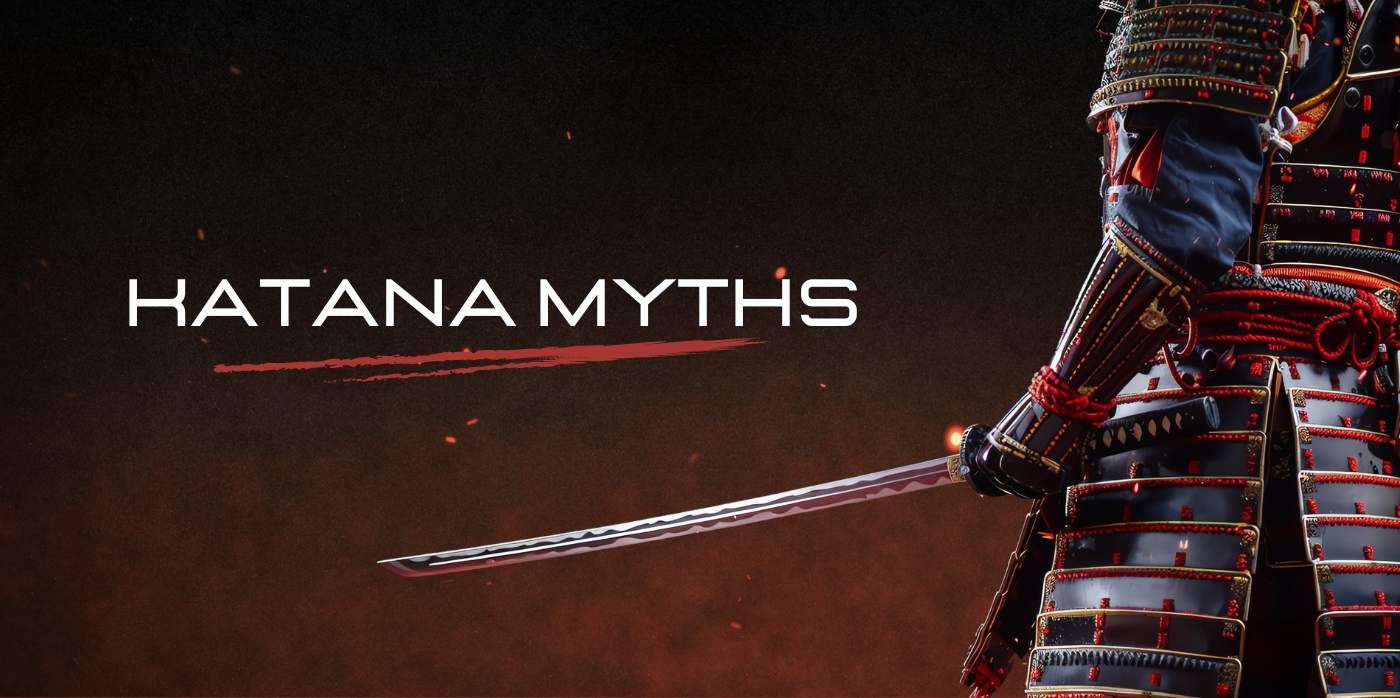What is the Honjo Masamune
The Honjo Masamune is one of Japan's most famous swords, attributed to the legendary swordsmith Masamune, who lived during the late Kamakura period (1185-1333). Known for its extraordinary craftsmanship, the Honjo Masamune is celebrated not only for its historical significance but also for the quality and beauty of its blade.

Picture: Honjo Masamune artistic interpretation
Its most famous owner, General Honjo Shigenaga, acquired the sword after a duel in which his opponent used it to cleave Shigenaga's helmet in two. Shigenaga survived and claimed the sword as his own.
Later, facing financial hardship, Shigenaga sold the sword to Toyotomi Hidetsugu for 13 gold pieces. Hidetsugu was the nephew of the renowned general and statesman Toyotomi Hideyoshi.
The Honjo Masamune, a symbol of power, was passed down through generations for over 700 years. It changed hands among the elite, eventually reaching Prince Tokugawa Iemasa, a political figure at the end of World War II. It was during this tumultuous period that the Honjo Masamune vanished.
According to historical records, a mysterious American military officer might have destroyed the sword. However, some believe he kept it and took it back to the United States. If the Honjo Masamune still exists, its value could be worth several thousand million dollars.
- Swordsmith: The Honjo Masamune was forged by Goro Nyudo Masamune, who is widely regarded as Japan's greatest swordsmith. Masamune lived during the late Kamakura period (circa 1264–1343) and is famed for his exceptional skill in creating swords that were not only beautiful but also highly functional.
- Historical Significance: The Honjo Masamune was passed down through generations of Japanese shoguns, symbolizing the power and prestige of its owners. It is believed to have been in the possession of Tokugawa Ieyasu, the founder of the Tokugawa shogunate.
- Current location: The sword's whereabouts have been a subject of intrigue since the end of World War II. It was last seen in 1945 when it was surrendered to an American officer during the occupation of Japan. Its current location remains unknown.
History of the Honjo Masamune: The lost treasure of the samurai
The Birth of a Legendary Sword
In the late 13th century, the rulers of the Kamakura province tasked Nyudo Masamune with creating a new weapon capable of piercing the armor of Mongol invaders. Masamune began by working with red-hot carbon steel, gradually folding and shaping it into a thick rectangular bar. Through repeated cutting and folding, he forged a blade composed of approximately 38 layers. Using the tempering method, which involves cooling the metal in water, he was able to give the blade different properties: the cutting edge (Ha) became thin, hard, and sharp, while the back (Mune) was thicker and more resilient, designed to absorb impacts. This process transformed the weapon into a work of art and cemented Masamune's name in Japanese history.

Picture: Honjo Masamune hamon
The primary function of this weapon was to cut, hence the blade's curvature. Each sword was tested to measure its ability to slice through flesh, and the results were engraved on the Nakago (the tang of the sword that is inserted into the handle). Specialists believe the Honjo Masamune was made around 1300, though its exact origins remain unknown.
The Sword's Role in Feudal Japan
The Honjo Masamune likely played a crucial role in feudal Japan. The shogun, a military dictator, commanded landowners protected by samurai. The katana, the samurai's primary weapon, was considered an extension of their soul and granted them power over life and death.
The first known records of the Honjo Masamune emerged 300 years after its creation. During a battle, the sword changed hands when its owner was defeated, and the victor named it "Honjo Masamune." Shortly after, the sword was sold for a modest sum. It later became a symbol of absolute power, given to high-ranking nobles as a sign of social ascension, and eventually ended up with the warlord Tokugawa Ieyasu, who significantly shaped Japan's history.

Picture: Tokugawa Leyasu Warlord
The Sword in the Tokugawa Era and Beyond
In 1603, Ieyasu unified Japan and became the shogun, initiating a 250-year period of peace. The Honjo Masamune became a ceremonial sword, passed down from shogun to shogun. By 1868, the sword was held by members of the aristocracy, and its mystery deepened following its disappearance during World War II.
World War II and the Disappearance of the Honjo Masamune
In 1941, the production of swords peaked as they were an important part of the Japanese soldiers' uniform. However, these swords were not hand-forged in the traditional manner but made from scrap steel. Over two million swords were produced and carried during the war, symbolizing the unwavering commitment of the samurai tradition. After the bombings of Hiroshima and Nagasaki, Japan surrendered.
General Douglas MacArthur oversaw Japan's demilitarization, disarmament, and occupation from 1945 to 1951, implementing numerous political and social reforms. The goal was to rebuild Japan's economy and establish a democratic government by 1949. Unfortunately, this period had severe consequences for Japanese swords.

Picture: Japan's swords disarmament
To assert his authority, MacArthur ordered the confiscation of all swords. This massive disarmament included both mass-produced military swords and valuable traditional swords that were family heirlooms. Estimates vary, but thousands of swords were either destroyed or taken by American soldiers as trophies. Over seven tons of swords were sent to the United States, forming the basis of many large collections of Nihonto (Japanese swords) found there today. Among these confiscated swords was the Honjo Masamune.
Preservation Efforts and the Sword's Legacy
To prevent the loss of more valuable Nihonto, Dr. Honma, a member of the sword preservation movement, sent Kanzan Sato to negotiate with Colonel Cadwell during the occupation. They aimed to educate General MacArthur on the cultural importance of artistic swords versus military weapons. The negotiations were successful, and American officers agreed to leave the artistic swords with the Japanese people. However, conflicting orders led to the continued destruction of swords until November 11, 1945.

Picture: World War II katana swords destruction
Tokugawa Iemasa, a descendant of the shoguns, complied with the confiscation order and surrendered his swords, including the Honjo Masamune, which then disappeared. After a month of negotiations, the destruction of swords of cultural and artistic value ceased, and possession of such swords became legal again. A committee (the predecessor of the NBTHK) was established to evaluate and preserve these swords under the direction of Hosokawa Moritsugu. This effort saved over 4,500 swords, which were stored at the Tokyo National Museum.
The Mystery of the Honjo Masamune's Disappearance
In August 1965, the magazine SAGA published an article listing Japanese treasures that had disappeared after World War II, including 12 swords, one of which was the Honjo Masamune. It was suggested that Sergeant Coldy Balsamore confiscated and took the sword when he arrived at the police station in Mejiro, a wealthy residential area in Toshima, Tokyo. However, it remains unclear if Balsamore actually took possession of the sword.
The Japanese Ministry's report suggests that the sergeant likely took the Honjo Masamune, but its current whereabouts remain unknown. It might have been kept as a personal souvenir or possibly sold. The name "Coldy Balsamore" does not appear in the records of the 7th Cavalry, and the magazine "SAGA" indicated that it might be a phonetic transcription error, leaving the sergeant's true identity a mystery.
Today, the Honjo Masamune remains one of the most sought-after lost treasures of the samurai era. Its discovery would be a monumental event in the world of Japanese swords.

Picture: GORŌ NYŪDŌ MASAMUNE forging a katana
FAQ about the Honjo Masamune
Has the honjo masamune been found?
As of now, the Honjo Masamune has not been found. It disappeared after World War II, last known to have been handed over to an American officer in 1945. The lack of documentation and the possibility that the sword might have been taken out of Japan make the search extremely challenging.
How much is the honjo masamune worth?
The Honjo Masamune is considered a national treasure of Japan and is truly priceless. However, if it were ever found, it could be valued at several hundred million dollars, potentially ranking among the most expensive katanas in the world.
Do you rule japan if you have the honjo masamune?
Possessing the Honjo Masamune does not grant one the power to rule Japan. However, historically, it was a symbol of power and authority, passed down through generations of shoguns, including Tokugawa Ieyasu, the founder of the Tokugawa shogunate. Its ownership was associated with the ruling elite, but today, it remains a highly revered cultural and historical artifact rather than a literal symbol of political power.
How was the honjo masamune hamon?
The Honjo Masamune's hamon, or temper line, is characterized by a distinctive and beautiful pattern that showcases the skill of its maker, Masamune. This pattern is typically described as a wavy or undulating line, known as "notare" in Japanese. The hamon is created during the differential hardening process, where the edge of the blade is hardened more than the spine, resulting in a visible line that contrasts the two areas.
Who were the famous owner of the honjo masamune?
The Honjo Masamune has had several famous owners throughout its history, most notably:
- Shogun Tokugawa Ieyasu: The founder of the Tokugawa shogunate, which ruled Japan from 1603 to 1868. The Honjo Masamune was passed down through the Tokugawa family and became a symbol of the Tokugawa shogunate's authority.
- Tokugawa Hidetada: Ieyasu's son and the second shogun of the Tokugawa shogunate. He inherited the sword and continued its legacy within the family.
- Tokugawa Iemasa: The 14th head of the Tokugawa family, who was responsible for handing the sword over to the authorities at the end of World War II.
Are there any images of the Honjo Masamune sword?
There are no known photographs or detailed visual records of the Honjo Masamune. Due to its disappearance and the time period in which it was last seen, no modern images exist. Most depictions or references to the Honjo Masamune are based on historical descriptions and artistic interpretations rather than actual photographs.






